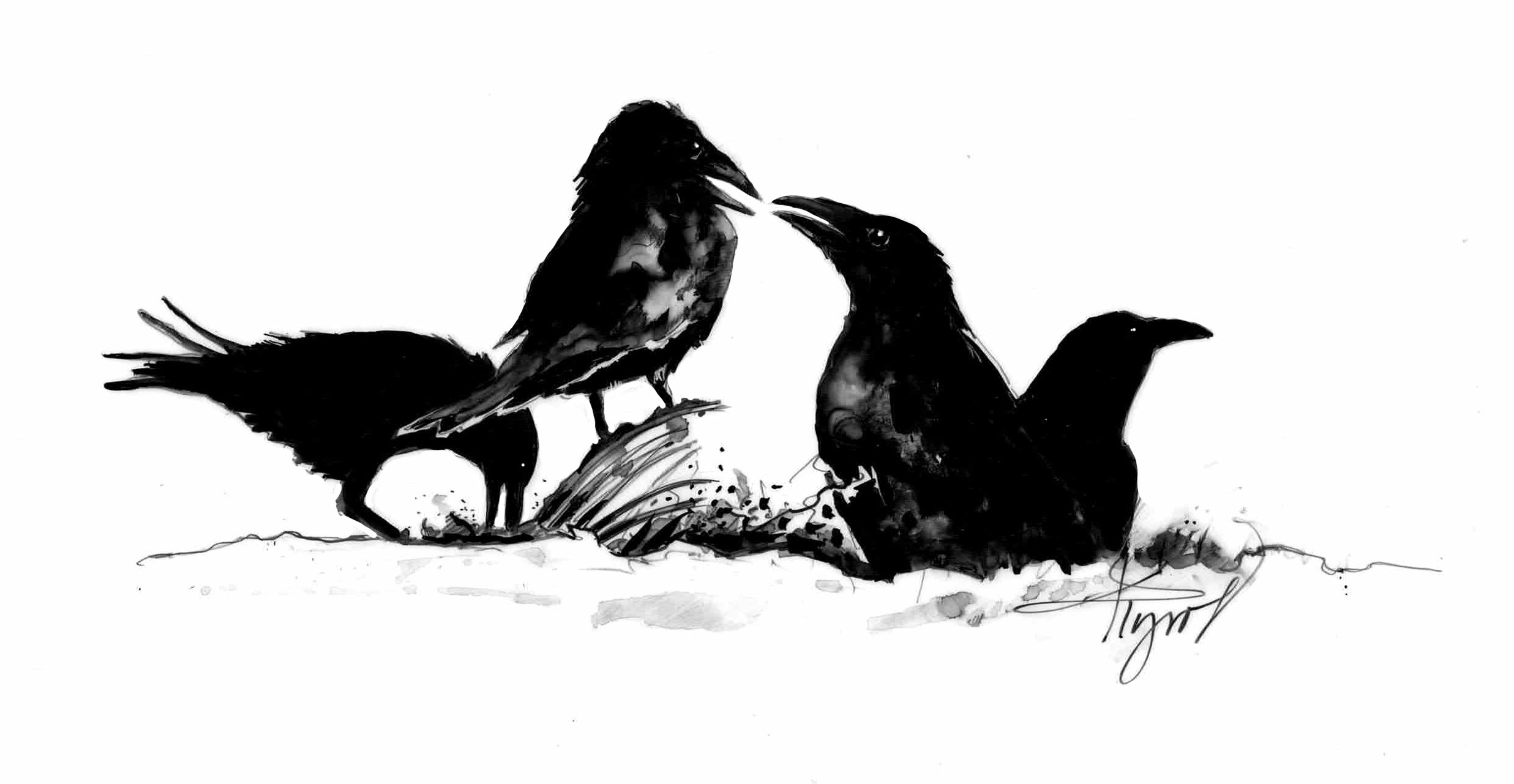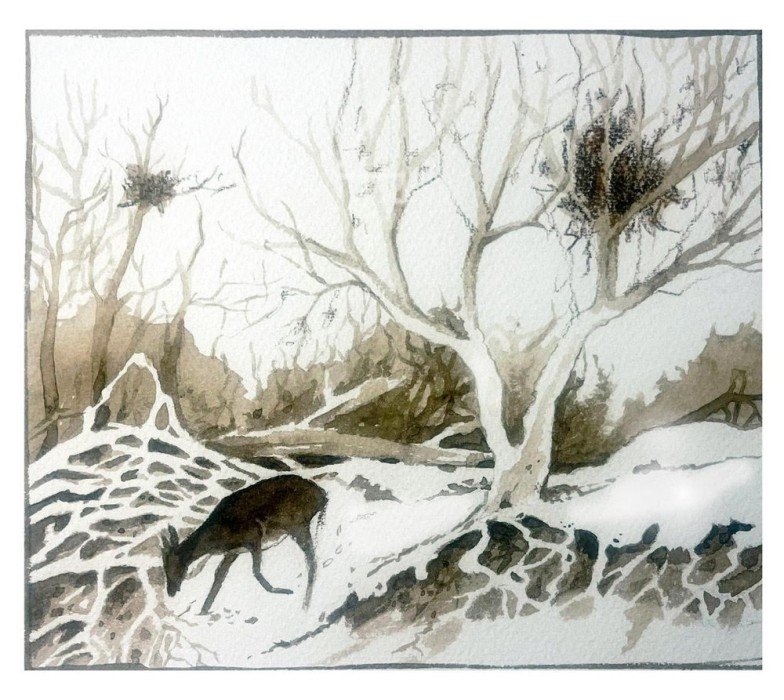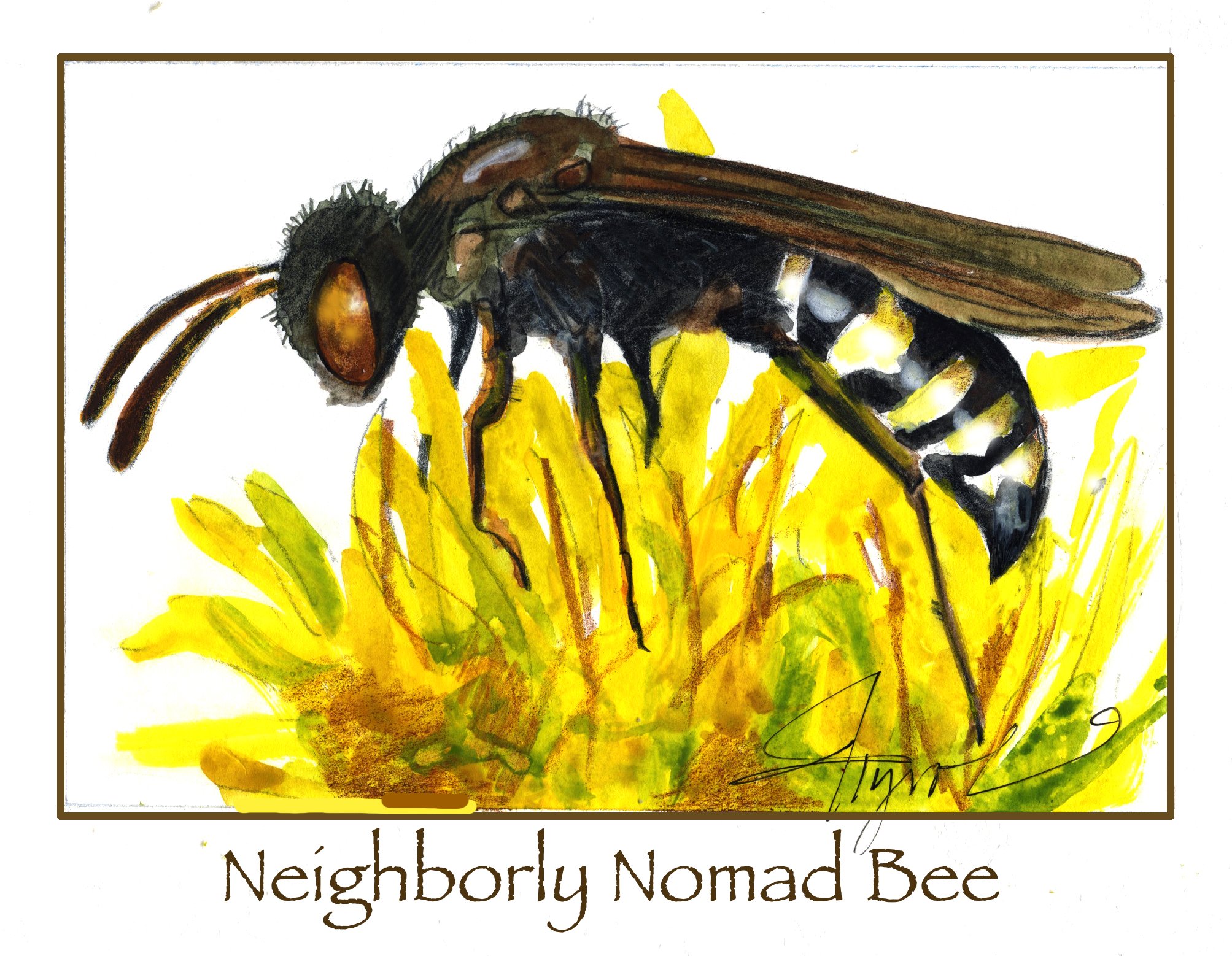
Ravens foraging in winter
It’s a familiar sight in winter: An inky-black raven soaring over a landscape white with snow. Though similar in appearance to the American crow, the common raven (Corvus corax) is distinguished by its large size, fluffy neck feathers, and long, thick beak.

Squirrel dreys are much more than nests
Dreys are shaggy masses of leaves nestled against a tree trunk or cupped in a fork of branches 20 to 40 feet above the ground. Squirrels not only rear their kits in them, but also use them as shelter during many months of the year.

Late-blooming flowers feed multiple types of native, wild bees
As the height-of-summer floral abundance fades, goldenrods and asters fill the landscape with hits of yellow, purple, pink and white. Beyond the beauty they provide, these late bloomers are a critical food source for several native species of wild bees.

Jesup’s milk-vetch is a rare beauty
A few ledges along the Connecticut River are home to a rare plant commonly known as Jesup’s milk-vetch (Astragalus robbinsii var. jesupii).
